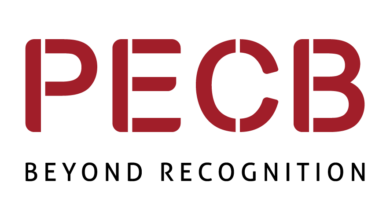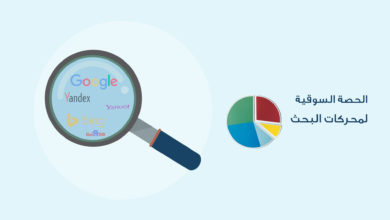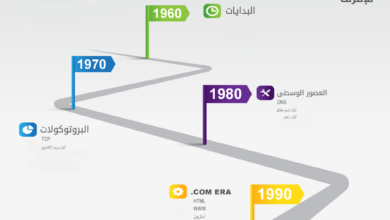الدور الأكثر أهمية في تشغيل الخدمة بحسب أيتيل ITIL

Reading through the third version of Information Technology Infrastructure Library (ITIL V3) foundation course, there is a single phrase that I’ll never forget: “Service desk is the only function that is visible to users“. This is very true, in all the organization I worked with, across middle east and Africa, the vast majority of end users refers to the whole information technology department as IT service desk, for them that’s what IT is all about.
خدمة العملاء هو القسم الوحيد “المرئي” من قسم تكنولوجيا المعلومات
Service Desk in ITIL V3
According to ITIL V3 model, service desk is a function under service operations responsible for coordinating and conducting the processes and activities needed to manage services for business end users and customers based on the previously agreed service level agreement (SLA) terms. Service desk serves as a single point of contact (SPOC) between organization users and IT management. Service desk is the first to be contacted for any IT-related inquiry end users have, and that is what makes it a crucial factor in improving the whole corporate strategy.
Service Desk Types
Service desk can be implemented is various types and forms based on business need. Below are the different types of service desk that could be implemented in your organization. Most organizations mix and match between different types of service desk to come up with a hybrid solution.
- Local Service Desk: This is the type of service desk to be implemented in organizations that operates from a single site.
- Centralized Service Desk: Operates from a single location to provide support to staff in multiple geographical locations. This is a cost effective way of implementing service desk solution for organizations with multiple sites or branches.
- Virtual Service Desk: Members of virtual service desk team may be located in more than one location, they utilize various online technologies to provide remote support to users in multiple sites. This is the favorite type that outsourcing service providers use, it allows them to use the same team for more than one customer.
- Follow-the-Sun Service Desk: This is famous among multinational companies with global presence and requires 24/7 support. Implementing this type of service desk requires at least two service desk teams to be located in different time zones with at least 4 hours of time difference between them.
Benefits of Implementing Service Desk
Now that we went through the importance of service desk in any organization, here are 4 benefits of implementing a service desk solution at your organization:
- Single Point of Contact: Back-end engineers working on infrastructure level, or writing code for a certain application must operate in an environment that is isolated from end-users, they are not to be contacted directly. After implementing a service desk solution customers will have one-stop solution for all their inquires, requests, and complaints.
- Customer Satisfaction: Whether service desk is providing support to customers or to business end-users in same organization, customer satisfaction is a key element for increasing productivity and business growth. A satisfied customer will generate more business.
- Monitoring, Tracking and Escalation: A well-implemented service desk solution allows complete monitoring on problem resolution cycle from the moment of opening the case till closure. It allows tracking incidents to measure team efficiency and provides material to improve the service based on incidents history. It also implements issue escalation procedures to higher tier for better resolution timing especially for incidents with high severity.
- Improving Productivity: Minimizing down time and resolving issues in organized and timely manner will increase efficiency and higher productivity. Thus, providing more value to business.






